MySQL基本操作命令汇总
一、基本操作
对数据库以及表的一些基本操作
1-1.关于数据库
|
|
1-2.关于数据表
|
|
1-3表的约束
| 约束条件 | 说明 |
|---|---|
| PRIMARY KEY | 主键约束,用于唯一标识对应的记录 |
| FOREIGN KEY | 外键约束 |
| NOT NULL | 非空约束 |
| UNIQUE | 唯一性约束 |
| DEFAULT | 默认值约束,用于设置字段的默认值 |
1-4索引
作用:提高表中数据的查询速度 1.普通索引 2.唯一性索引 3.全文索引 4.单列索引 5.多列索引 6.空间索引
|
|
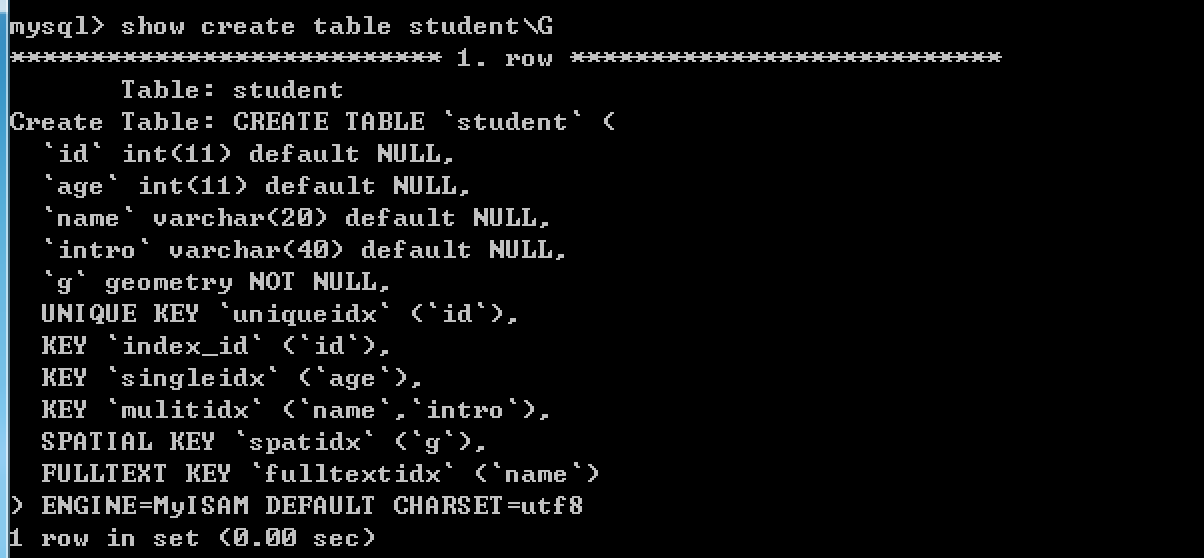
|
|
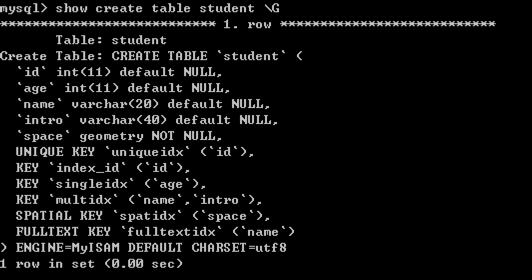
|
|
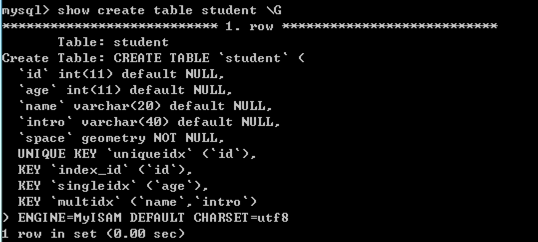
1-5.添加数据
|
|
1-6.更新数据
|
|
1-7.删除数据
|
|
二 、单表查询和多表操作
单表查询:如何从数据库中获取你需要的数据 多表查询:实际开发中,需要进行2张表以上进行操作
2-1-1.单表查询
|
|
2-1-2.高级查询
|
|
2-2.多表操作
介绍知识点如下:
- 1.了解外键
- 2.了解关联关系
- 3.了解各种连接查询多表的数据
- 4.了解子查询,会使用各种关键字以及比较运算符查询多表中的数据
2-2-1.外键
外键是指引用另一个表中的一列或者多列,被引用的列应该具有主键约束或者唯一性约束,用于建立和加强两个数据表之间的连接。
|
|
看下图可知外键添加成功:
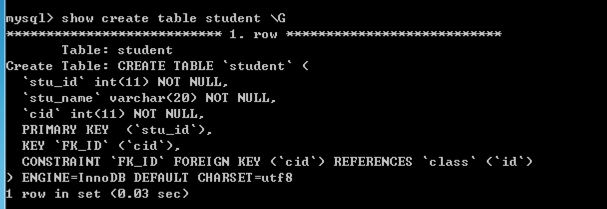
2-2-2.操作关联表
|
|
具体结果请看下图:
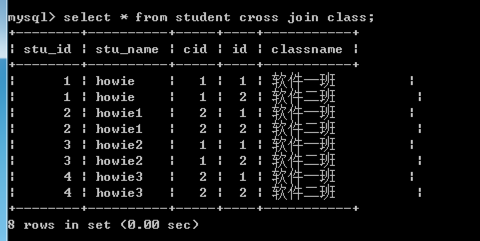



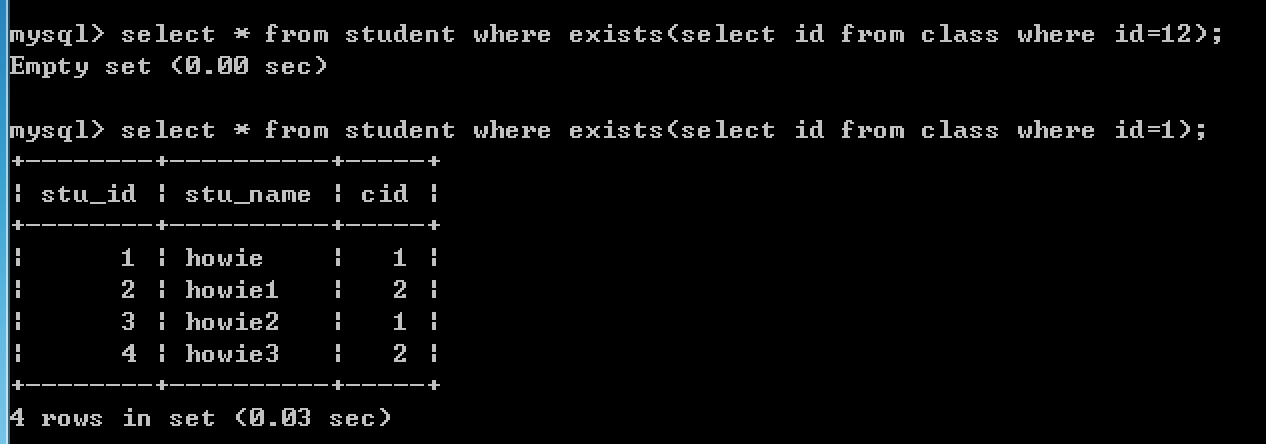

三 、事务与存储过程
事务的概念,会开启、提交和回滚事务 事务的四种隔离级别 创建存储过程 调用、查看、修改和删除存储过程
3-1 事务管理
|
|
3-2 存储过程
|
|
3-3 调用存储过程
|
|

|
|
四、视图
如何创建视图 查看、修改、更新、删除视图
4-1、视图的基本操作
|
|


|
|
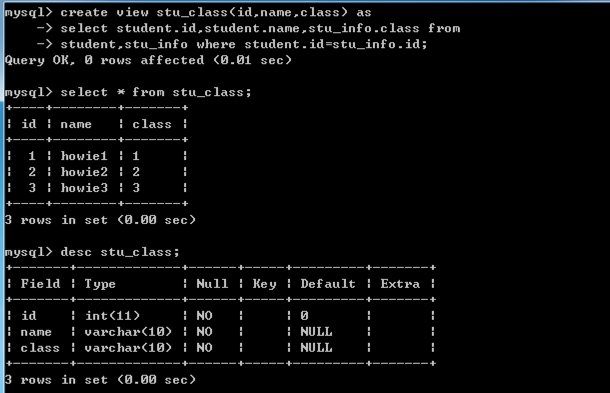
五、总结
笔记参考《MySql数据库入门》 基本命令就这么多,仍需多多敲写巩固 以上命令本人全部敲过,若有错误,敬请指出,希望有帮助,谢谢。
- 原文作者:howie.hu
- 原文链接:https://www.howie6879.com/post/2016/03_mysql-tutorial/
- 版权声明:本作品采用知识共享署名-非商业性使用-禁止演绎 4.0 国际许可协议进行许可,非商业转载请注明出处(作者,原文链接),商业转载请联系作者获得授权。
